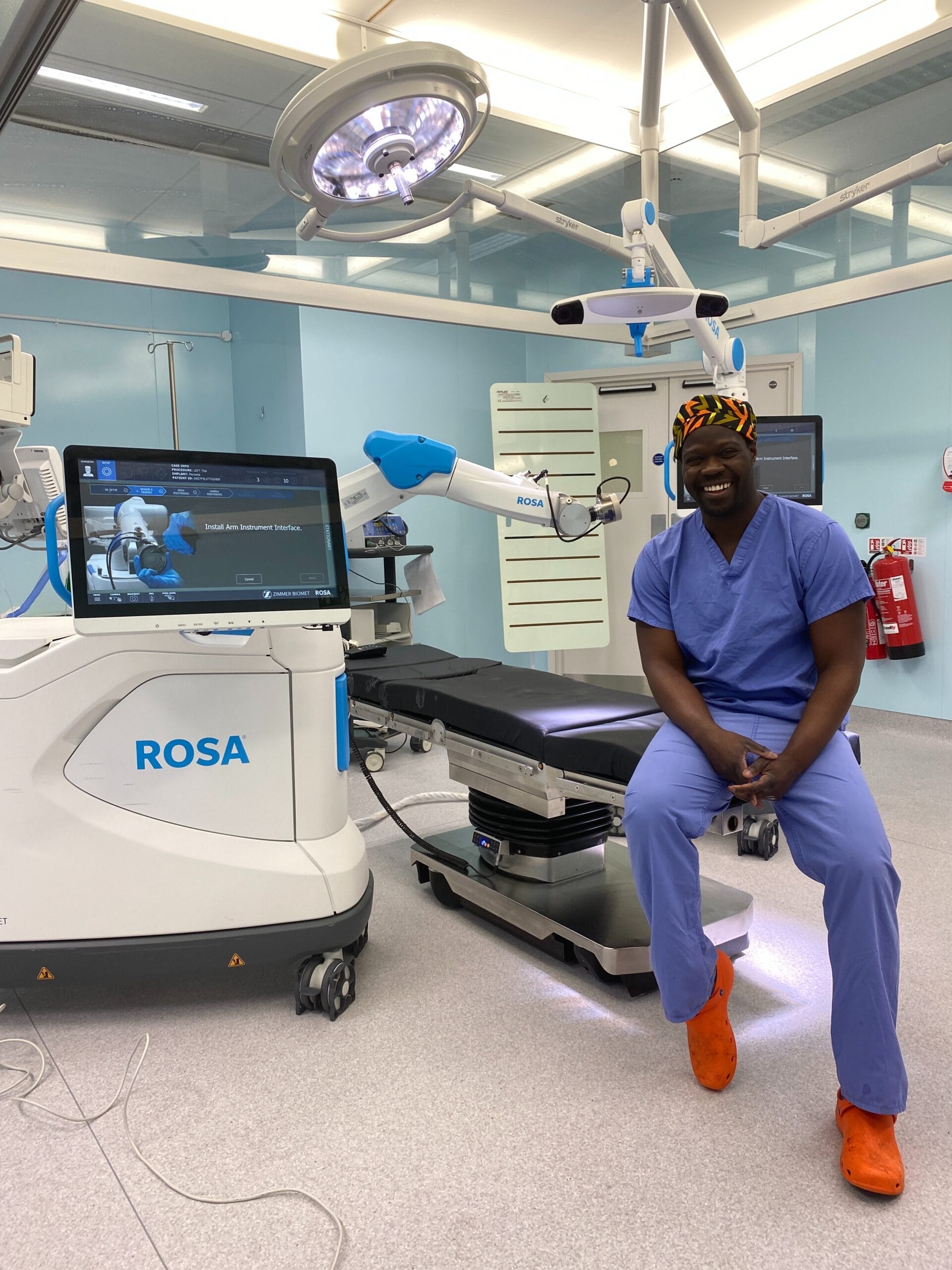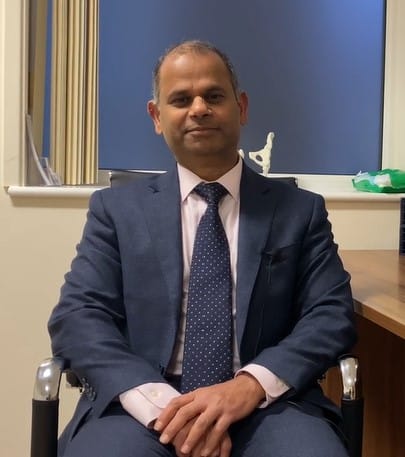If you want to get more active and take up some more formal exercise – how do you know which type will be best for your health?
Personal trainer and marathon runner Fiona Bugler advises: ‘If you’ve got any health issues it’s best you check with your GP first to see if it’s safe for you to begin a new activity. In most cases, it will be but if you have a medical condition you may be advised to avoid certain activities.
‘For example, if you have osteoarthritis, weight-bearing exercise such as walking and low impact dance classes will help keep your joints strong and stable, but you may be told to avoid higher impact sports such as running.
‘Similarly, if you have osteoporosis you may be advised to avoid high-impact contact sports such as squash or tennis where there is a risk of you jarring your joints and advised to try activities which improve your balance and flexibility instead such as yoga or pilates.’
Choosing a sport
‘Think about what you’ve enjoyed in the past and could fit into your life. If you’re self-conscious about going alone ask a friend to join you – you can both motivate each other’, says Fiona.
‘Above all don’t worry you’re not fit enough to start with – start slowly and build up the frequency and intensity of your exercise gradually and you’ll improve.
‘Don’t procrastinate and put off starting until the weather improves or those trainers you like are in the sale – just do it.’
Swimming
‘Swimming in water means you can exercise safely without running the risk of straining a muscle or breaking a bone as your body is totally supported by water – it puts 90 per cent less stress on joints than most other forms of exercise so it’s particularly good if you are recovering from an injury,’ says Fiona Bugler.
• Water is 800 times denser than air and so you can also work harder and burn more calories – swimming breaststroke for 30 minutes burns 367 calories.’
• You can swim at whatever level suits your fitness and it will help increase your muscle strength and stamina, tone and strength, as well as improving joint stability and circulation.
• Other benefits include increasing lung capacity, losing body fat, weight loss and reducing stress levels.
Cycling
Getting on your bike is a simple, cheap and handy way to get fit that’s easy to fit into your daily routine.
‘It’s a low impact activity – with 70 per cent of bodyweight going through saddle and handlebars instead of through your ankles, ‘ says Fiona Bugler .’ But your heart and lungs will still get a good work out.’
• A regular cycling fitness programme will give you a healthy heart. One major study of more than 10,000 civil servants found those who cycled at least 20 miles a week were 50 per cent less likely to develop heart disease than their non cyclist colleagues.
• You’ll lose weight. Cycling 30 minutes a day for a year will burn 11lbs of fat in a year. Moderate cycling of around 10 miles per hour will burn between 190 and 414 calories per hour.
• You’ll tone up. Cycling gives you muscle definition without bulking you out so you’ll get a pert bottom, toned legs and a lean upper body, too.
Jogging and running
Running gets a bad press and is blamed for dodgy knees and torn tendons – when actually the health benefits in most cases outweigh the downside by a mile.
‘There are lots of myths about running,’ says Fiona.’ It’s not bad for your knees, and not the cause of joint /tendon problems. Running boosts bone health and makes muscles and tendons stronger.
‘Often the issue is more about technique and training too much too soon. Most beginners run too fast, and too far. There’s a lot more emphasis now on getting yourself strong for running before you start with some good strength and conditioning exercises.
‘If you build up the pace and mileage, you’ll reap rewards from running including increasing your bone density, muscle strength as well as strengthening your heart, your lung capacity, and controlling your weight.’
• You’ll burn off calories: A 30-minute run will burn between 300 and 700 calories depending on your size and running speed.
• It’s an instant mood booster: Runners all talk about the endorphin rush – the release of the body’s own feel-good hormones which can lift your mood.
• You’ll live longer: A 2014 study conducted by Iowa State University in the US followed 55,000 adults aged 18 to 100 for 15 years and found runners had a three-year life expectancy benefit compared to non-runners. Runners had a 30 per cent reduced risk of death and 45 per cent lower risk of dying from a heart attack than non-runners. Even running 5 to 10 miles a day at a slow speed of less than 6 miles per hour were associated with reduced risks of death.
Pilates and yoga
Yoga is based on an ancient form of exercise originating in India 5,000 years old and Pilates involves performing a series of 500 exercises developed to strengthen your core muscles. Pilates involves using mats, balls, rollers and stretch bands, whereas yoga is not dependent on equipment. Both use different methods but focus on developing strength, balance, flexibility, good posture and breathing.
‘Both are low-impact forms of exercise, but they still help build muscle tone, promote flexibility and can help reduce muscle tightness and pain, ‘ says Fiona Bugler.
‘Apart from the more vigorous forms of yoga such as Ashtanga and Vinyasa, there aren’t many cardio benefits so you won’t burn as many calories as running for instance.’
You might also be interested in
What makes Horder Healthcare unique
Horder Healthcare is committed to providing the very best quality of care for our patients and customers. We are continuously working on improving and reducing risks and this is reflected in our consistently high CQC results, patient satisfaction questionnaires and minimal levels of infection.
We are a charity
We reinvest our profit to benefit more people and help us achieve our aim of advancing health.






